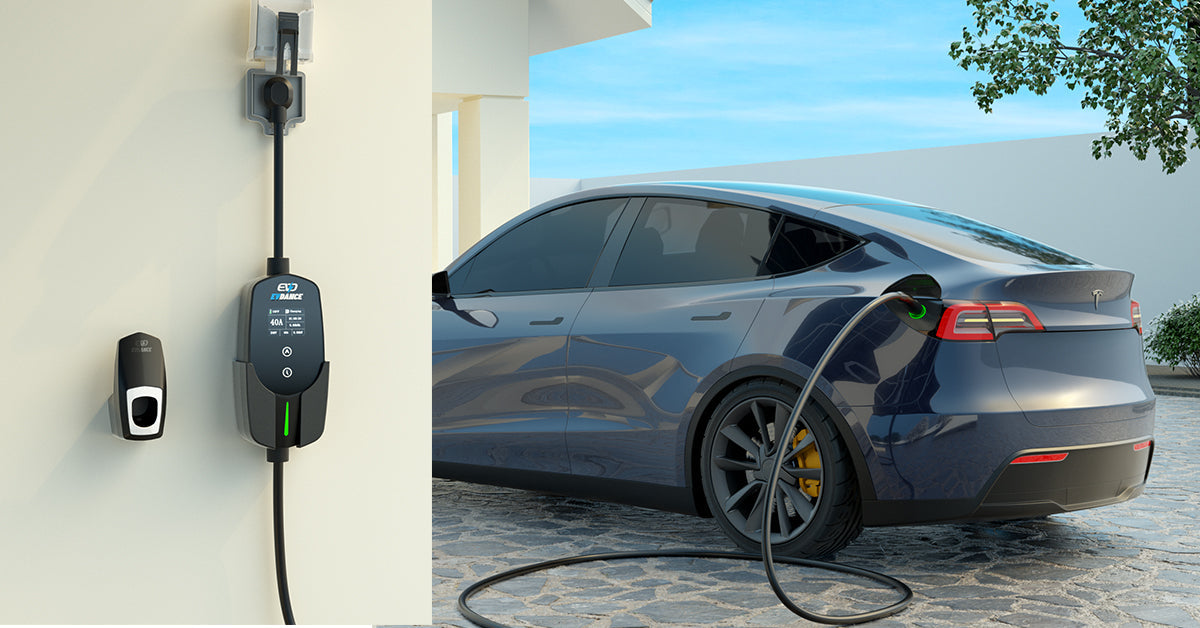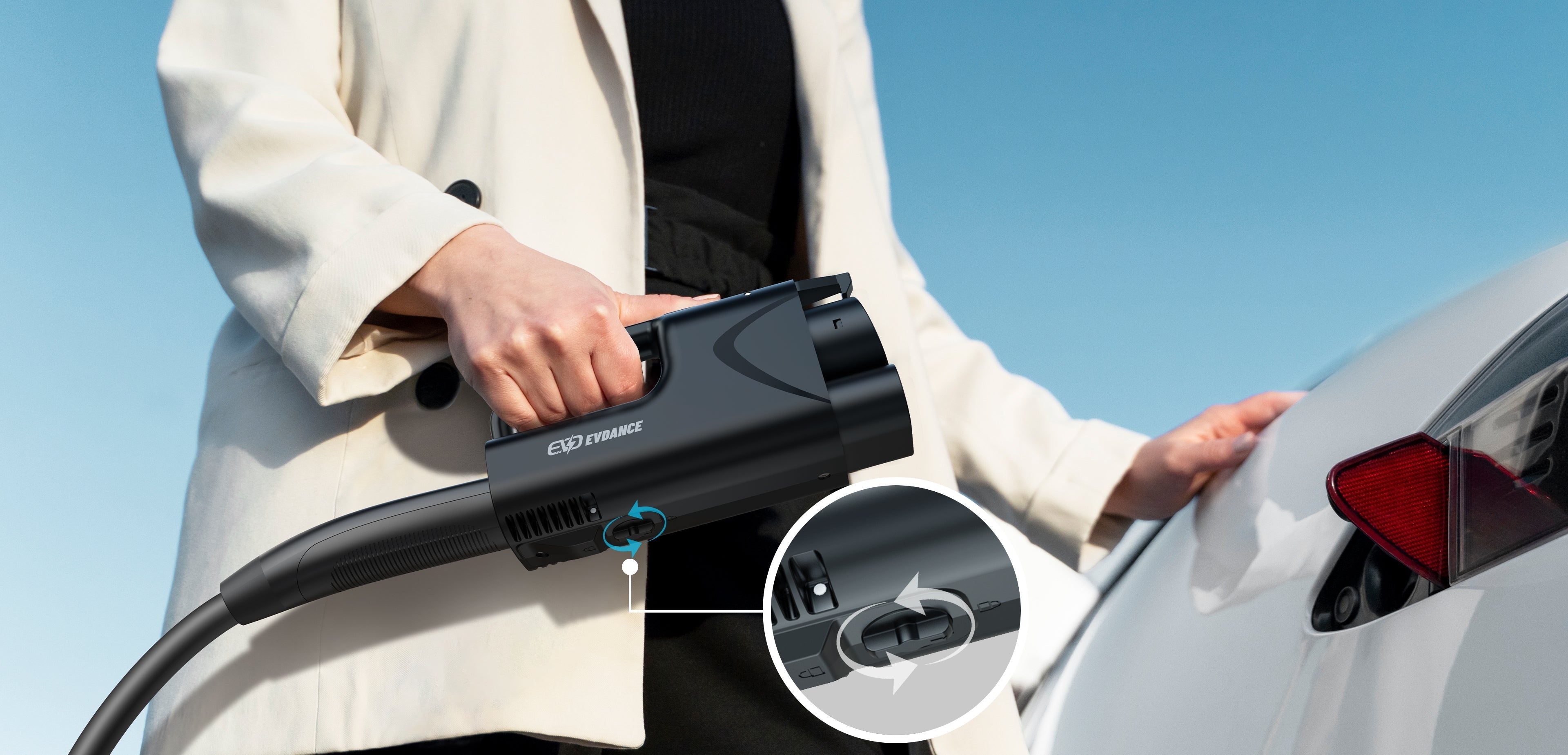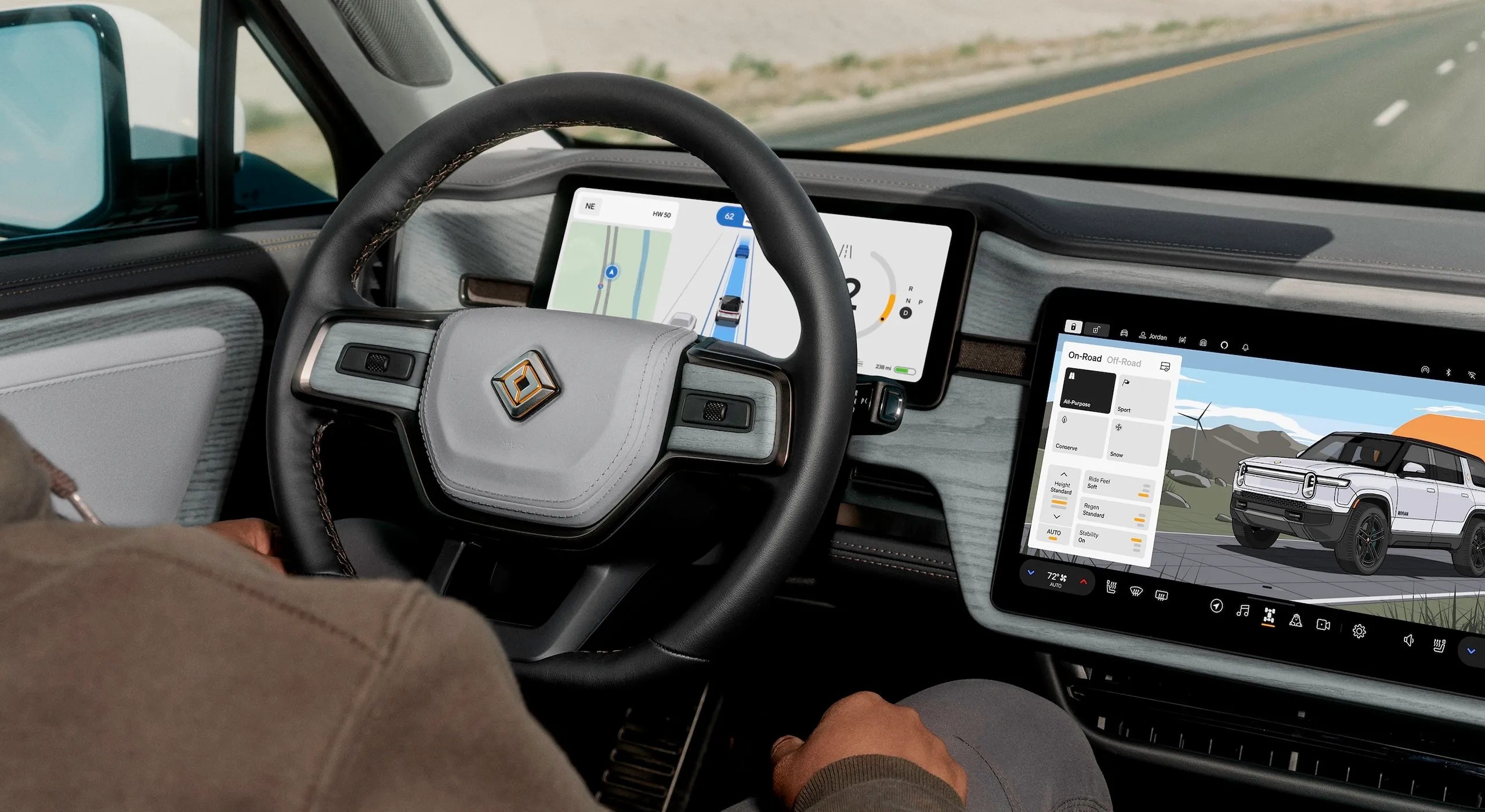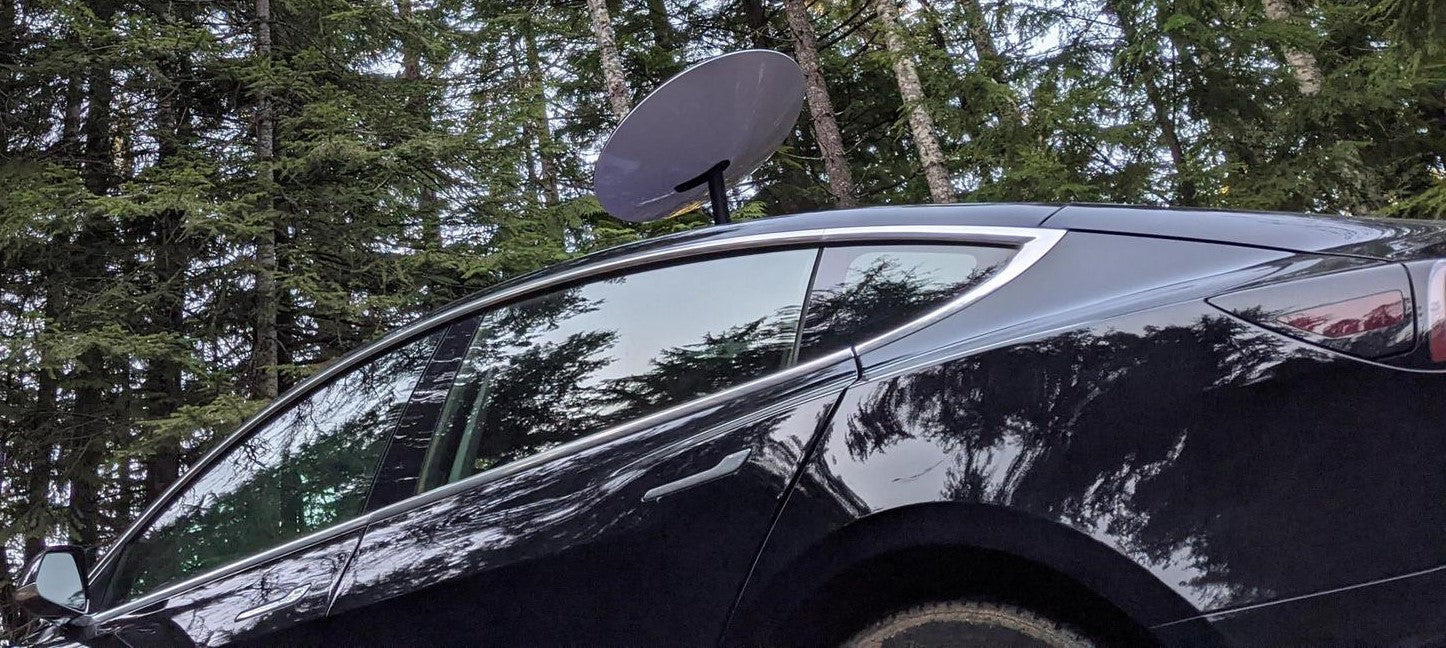Face à la popularité croissante des véhicules électriques (VE), la sécurité et la longévité des bornes de recharge sont cruciales. Souvent négligé, le parasurtenseur est pourtant essentiel. Il protège votre borne de recharge des surtensions, qui peuvent endommager gravement la borne et votre véhicule. Dans ce guide, nous expliquons pourquoi les parasurtenseurs sont indispensables, comment choisir le bon et les facteurs clés à prendre en compte lors de son installation.
Qu'est-ce qu'un parasurtenseur ?
Un parasurtenseur est un dispositif qui protège les appareils électriques contre les pics de tension en bloquant ou en court-circuitant toute tension excessive. Dans le cas des bornes de recharge pour véhicules électriques, les parasurtenseurs contribuent à prévenir les dommages causés par les surtensions, qui peuvent être causées par la foudre, un câblage défectueux ou des problèmes de réseau électrique.
Pourquoi les parasurtenseurs sont essentiels pour les chargeurs de véhicules électriques
Les bornes de recharge pour véhicules électriques sont coûteuses et essentielles au fonctionnement de votre véhicule. Tout dommage au chargeur ou au système électrique peut entraîner des réparations ou des remplacements coûteux. Voici pourquoi les parasurtenseurs sont nécessaires :
- Protégez votre investissement : Les bornes de recharge pour véhicules électriques, qu'elles soient résidentielles ou publiques, représentent un investissement important. Un parasurtenseur garantit leur longévité.
- Prévenir les dommages aux véhicules électriques : les pics de tension peuvent endommager non seulement le chargeur, mais également la batterie et les systèmes électroniques de votre véhicule.
- Sécurité : La prévention des surtensions réduit le risque d’incendies électriques causés par des incidents de surtension.
Principales caractéristiques à rechercher dans un parasurtenseur pour chargeurs de véhicules électriques
Lors de la sélection d'un parasurtenseur pour votre chargeur de véhicule électrique, plusieurs facteurs doivent être pris en compte :
- Puissance nominale : Plus la puissance nominale est élevée, plus le parasurtenseur peut absorber d'énergie. Pour les bornes de recharge pour véhicules électriques, une puissance nominale minimale de 2 000 joules est recommandée.
- Tension de blocage : il s'agit de la tension à laquelle le parasurtenseur s'active. Recherchez une tension de blocage d'environ 400 V pour une protection optimale.
- Temps de réponse : Plus le temps de réponse est rapide, mieux c'est. Un bon parasurtenseur doit réagir en moins d'une nanoseconde.
- Certification UL : assurez-vous que le parasurtenseur est homologué UL, car cela certifie qu'il répond aux normes de sécurité.
Comment installer un parasurtenseur pour votre chargeur de véhicule électrique
L'installation peut être simple ou complexe selon votre configuration. La plupart des particuliers peuvent installer eux-mêmes un parasurtenseur ou faire appel à un électricien pour des installations plus permanentes.
- Installation en ligne : il s'agit de la méthode la plus courante pour intégrer un parasurtenseur directement dans la ligne électrique du chargeur.
- Modèles enfichables : certains parasurtenseurs sont prêts à l'emploi et peuvent facilement être insérés entre le chargeur et la prise.
- Modèles câblés : pour une solution plus permanente, les parasurtenseurs câblés sont installés directement dans votre panneau électrique.
Meilleurs parasurtenseurs pour bornes de recharge pour véhicules électriques (2024)
Voici une liste des parasurtenseurs les mieux notés, conçus spécifiquement pour les chargeurs de véhicules électriques :
-
Parasurtenseur pour toute la maison Siemens FS140
- Puissance joule : 140 000
- Tension de serrage : 400 V
- Homologué UL
-
Eaton CHSPT2ULTRA Parasurtenseur ultime
- Puissance nominale : 2880 joules
- Tension de serrage : 600 V
- Homologué UL
-
Parasurtenseur à montage sur panneau Leviton 51120-1
- Puissance en joules : 3 400
- Tension de serrage : 400 V
- Homologué UL
Où placer un parasurtenseur pour une efficacité maximale
Choisir le bon emplacement pour votre parasurtenseur est tout aussi important que choisir le bon modèle. Voici quelques emplacements idéaux pour un parasurtenseur :
- Près du panneau électrique : c'est l'emplacement le plus courant pour les parasurtenseurs pour toute la maison qui couvrent toutes les prises électriques.
- À la prise du chargeur EV : pour les modèles enfichables, placez le parasurtenseur directement entre le chargeur EV et la prise.
- Chargeurs extérieurs : si vous disposez d'un chargeur extérieur, pensez à une protection contre les surtensions avec des fonctions d'étanchéité pour éviter les dégâts des eaux.
Considérations supplémentaires pour les chargeurs de véhicules électriques extérieurs
Pour les bornes de recharge pour véhicules électriques installées en extérieur, la protection contre les surtensions devient encore plus cruciale en raison de l'exposition aux facteurs environnementaux. Des parasurtenseurs étanches et résistants aux intempéries sont nécessaires pour prévenir les dommages liés à l'humidité.
Hyperliens à inclure :
- Guide d'achat : Lien vers une page qui explique comment choisir le meilleur parasurtenseur pour les chargeurs de véhicules électriques.
- Vidéo d'installation : Lien vers un didacticiel vidéo montrant comment installer des parasurtenseurs pour les chargeurs de véhicules électriques.
- Avis sur les produits : Lien vers des avis détaillés sur les parasurtenseurs mentionnés dans ce guide.
Conclusion
Les parasurtenseurs sont un accessoire essentiel, mais souvent négligé, pour les bornes de recharge pour véhicules électriques . En investissant dans un parasurtenseur adapté, vous protégez votre borne et votre véhicule contre des dommages potentiellement coûteux. Que vous installiez une borne de recharge à domicile ou sur un réseau public, assurez-vous d'ajouter cette protection pour préserver votre investissement.
En suivant ces conseils, vous serez en mesure de prendre une décision éclairée quant au choix et à l'installation d'un parasurtenseur pour votre chargeur de véhicule électrique, garantissant ainsi une efficacité et une sécurité maximales pour les années à venir.








Partager:
Dois-je installer un système de stockage sur batterie domestique ? Optimiser l'utilisation de vos panneaux solaires
Les avantages, l'état actuel et les perspectives d'avenir des voitures hybrides